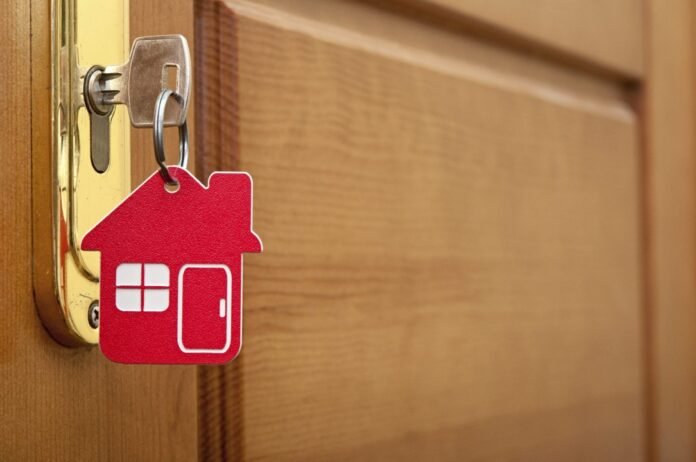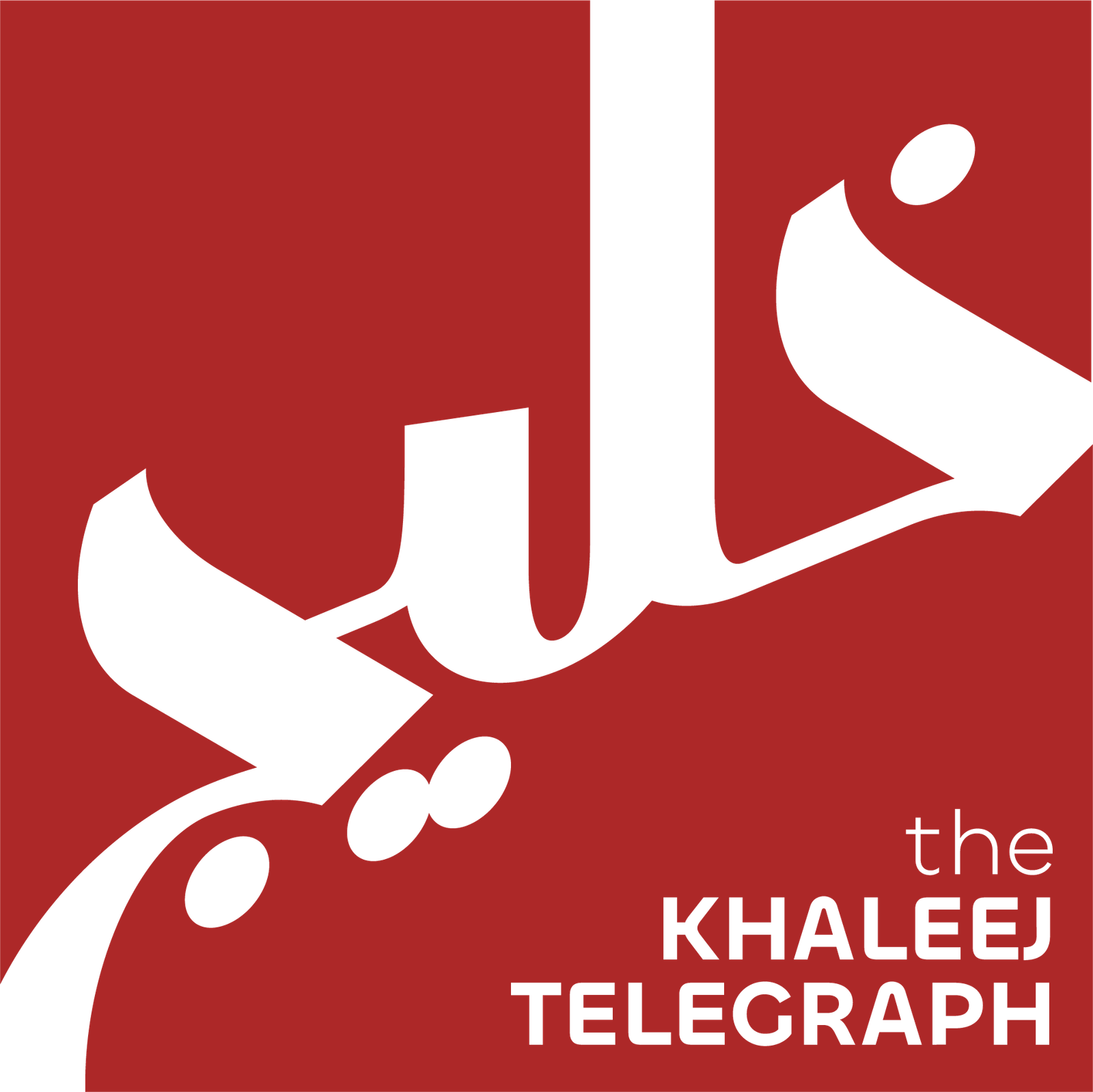Saudi Arabia’s real estate sector is experiencing unprecedented growth, with financing reaching SR883.3 billion ($236 billion) by the end of 2024. This increase highlights the surge in demand driven by the country’s expanding urbanization and a rising middle class.
Saudi banks saw a 15.12% year-on-year jump in real estate loans. Corporate loans surged by 26.23%, reaching SR202.04 billion. Meanwhile, loans to individuals accounted for 77.13% of the total, climbing 12.19% to SR681.24 billion. Real estate financing now represents 30% of all bank loans in Saudi Arabia, which amounted to SR2.96 trillion by 2024.
This upward trend signals growing confidence in the Kingdom’s market. Institutional capital plays a crucial role in expanding high-end commercial centers and integrated residential complexes. These developments are key to Saudi Arabia’s Vision 2030, aiming to diversify the economy.
Elias Abou Samra, CEO of Rafal Real Estate, emphasized that both local and international investors are positioning themselves with a long-term view. Corporate clients, in particular, are leveraging favorable financing conditions to invest in large-scale projects. As such, the market has grown more sophisticated, with mega projects like Sports Boulevard and King Salman Park gaining global interest.
In addition to individual buyers, corporate clients are relying on debt financing for mixed-use developments. These projects demand higher levels of debt as they incorporate both commercial and residential elements, which aligns with the broader urban development goals of Vision 2030.
The Ministry of Housing has played a vital role by providing an integrated value chain that covers everything from planning to sales. This has made financing smoother and more efficient for real estate companies. Abou Samra highlighted that RAFAL’s partnership with the Ministry of Housing helped streamline the financing process for their projects.
The Kingdom’s real estate market is facing a challenge with rising property prices, particularly in major cities like Riyadh and Jeddah. These price increases, fueled by urbanization and investments under Vision 2030, are making housing less affordable. This trend emphasizes the need for more innovative financing solutions.
Despite this, the Saudi real estate sector remains resilient. With rising interest rates being reduced since 2024, borrowing has become more affordable. The introduction of alternative funding options has also helped mitigate the effects of higher interest rates.


